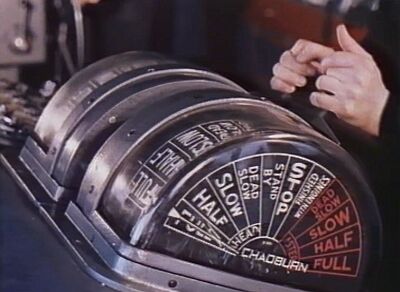In a ship procedure involving transportation of goods or passengers, economical and timely operation is of utmost importance. Every ship operator wants his/her ship to reach on time while using as much less fuel as possible.
To Achieve correct time arrival of the ship means no anchor or no additional drifting along with direct access to jetty or terminal. All these require low speed of the ship which means less fuel consumption.
All these goals lead to an irritating situation for a marine engineer, who while below the water line thinks only about the degrading performance of his/her main engine due to continuous low load operation.
It is considered that marine engine operating above 60 % Maximum Continuous Rating (MCR) will have all its parameters and parts normal as compared to being in low load operation.
Low load operation has an adverse affect on the marine engine resulting in major problems such as carbon deposits and reduction in time between overhaul (BO), which may lead to sudden equipment failure.
In order to be in sync with the need of the hour, an engineer must make sure of the following points when the ship’s main engine is operating at low load (below 40%) for a long period of time:
- Exhaust gas temperature must be maintained above 250 degree Celsius to avoid fouling of exhaust passage, turbocharger nozzle and cold corrosion of engine parts. Try not to run engine on load giving exhaust less than 250 C.
- Low load operation will result in cut in of Auxiliary blower. A fluctuation in load at this range will lead to an on and off condition for blower. Hence the mode of Auxiliary blowers to be changed to Manual
- Make sure to check Auxiliary blower motor temperature frequently for sign of overheating
- The Viscosity and temperature of fuel oil to be maintained for proper atomization of fuel
- Trace heating fuel line to be operational and all injectors to be in good condition and monitored properly for firing
- Scavenge Air Temperature to be Maintained between 42-50 degree for adequate combustion
- Jacket cooling water to be maintained at upper limit to avoid thermal stress inside the engine
- Cylinder oil feed rate to be monitored at low load operation
- Check under piston area for sign of over cylinder lubrication
- Try to run the engine at 80% MCR for at least one hour a day to burn off the carbon deposits
- Check and clean the economiser tube frequently especially if the tubes are of closed fins type


No comments:
Post a Comment